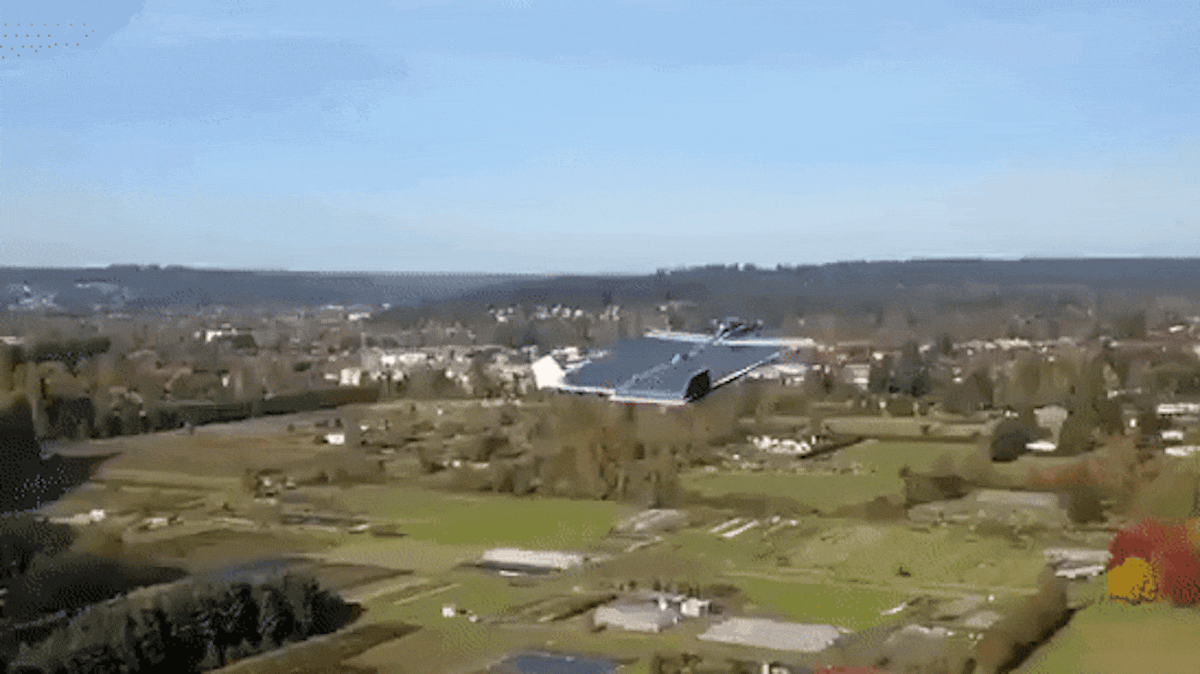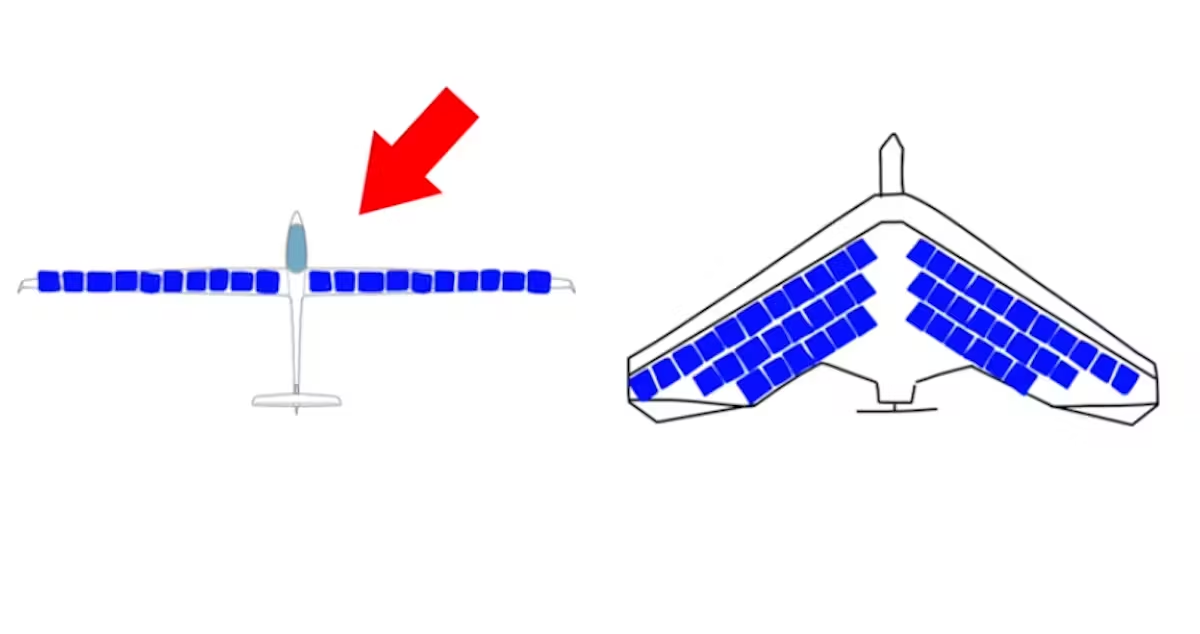This Solar-Powered RC Airplane Can Fly for a Very Long Time
Daniel Riley has been on a mission to create a solar-powered RC airplane that can fly for a very long time and this is his newest design.

Since the invention of solar panels, engineers have considered the possibility of vehicles that can operate indefinitely without refueling. The Opportunity Mars rover, for instance, was working for more than 14 years thanks to its solar panels. The ultimate extension of this idea is an airplane that can fly forever — or at least until its components fail. Airbus built a solar-powered plane called the Zephyr S that flew for almost 26 days straight. But even makers with limited budgets can strive for similar results, as proven by Daniel Riley's "Flying Solar Panel" RC airplane.
Engineers almost always need to find a balance between efficiency and energy storage/production when they design vehicles. For example, an electric car can drive further if you give it a bigger battery pack. But that additional weight will reduce the car's efficiency, so it won't be able to drive as far. Riley had to find a similar balance here. A plane with very narrow wings will produce less drag and will fly more efficiently. But those narrow wings don't provide much surface area for the solar panels. Riley decided to go in the opposite direction for this project and maximized the wing area where he could mount solar panels. This design is very inefficient, but the large solar panel array provides enough power to overcome the drag and then some.

As a result, this RC airplane looks quite strange. It looks more like a rectangular sheet of foam insulation than a conventional aircraft. But those massive wings let him attach several flexible solar panels from Solarear. Practically the entire top surface of the plane is covered in solar panels. Even so, they don't provide quite enough power on their own. Instead, the plane has a LiPo battery pack and the solar panels recharge that in flight. Over time the battery pack will discharge until there isn't enough power to keep flying, but the solar panels do dramatically extend the plane's flight range. In the future, Riley hopes to improve the design to the point where it can fly on solar power alone. A small battery will still need to provide power for short bursts when the sun is behind clouds, but this seems like an attainable goal.
Aside from the unusual fuselage and the solar panels, this is a standard RC aircraft built with conventional parts. That means that any maker could tackle a similar project with even a modest budget. They'd still have to contend with nighttime to challenge the flight time of the Zephyr S, but that plane cost millions of dollars to develop.
Writer for Hackster News. Proud husband and dog dad. Maker and serial hobbyist. Check out my YouTube channel: Serial Hobbyism


